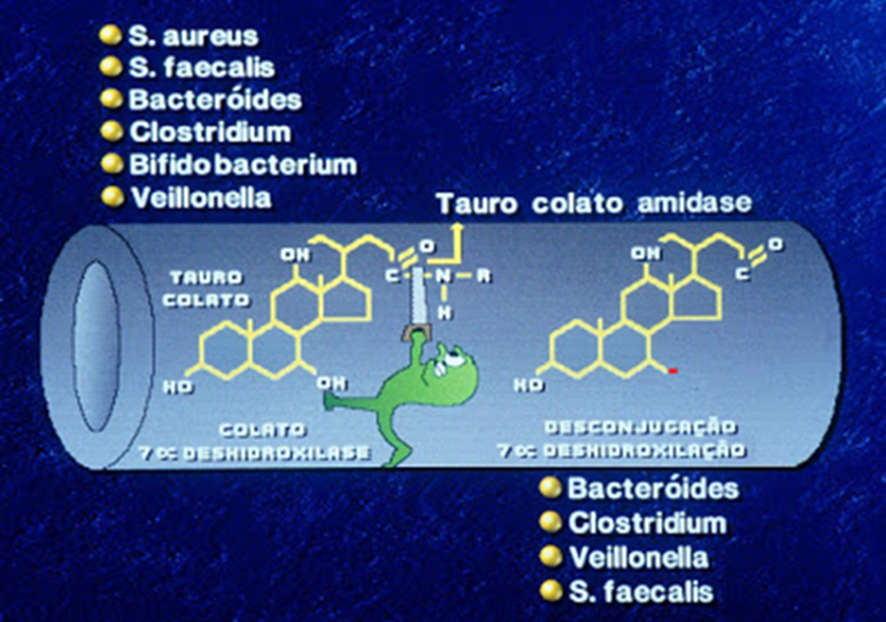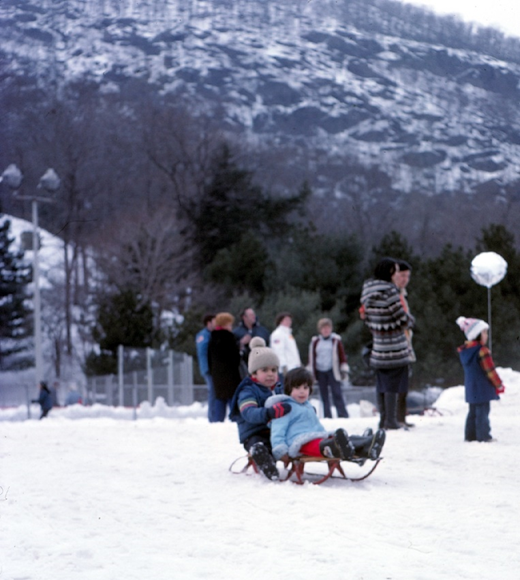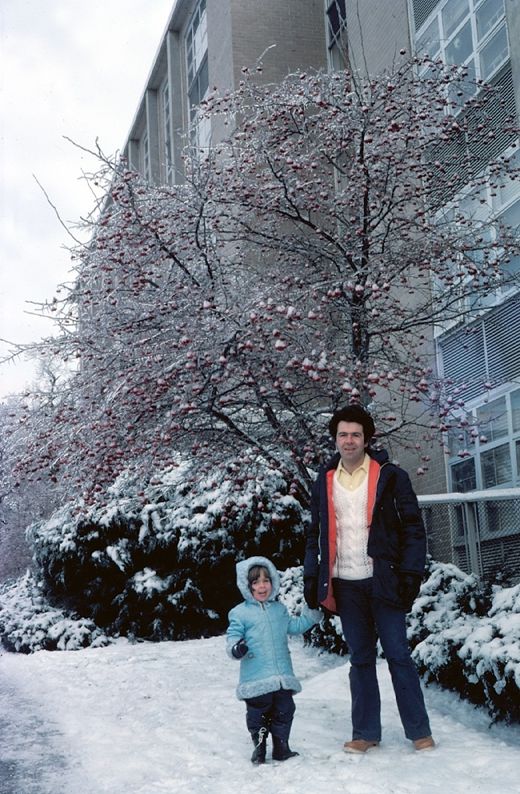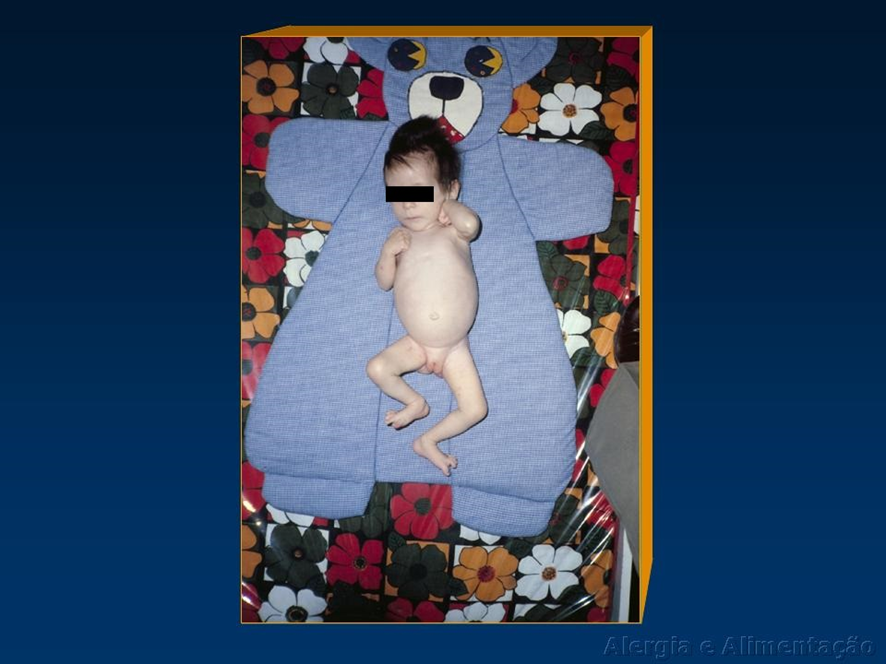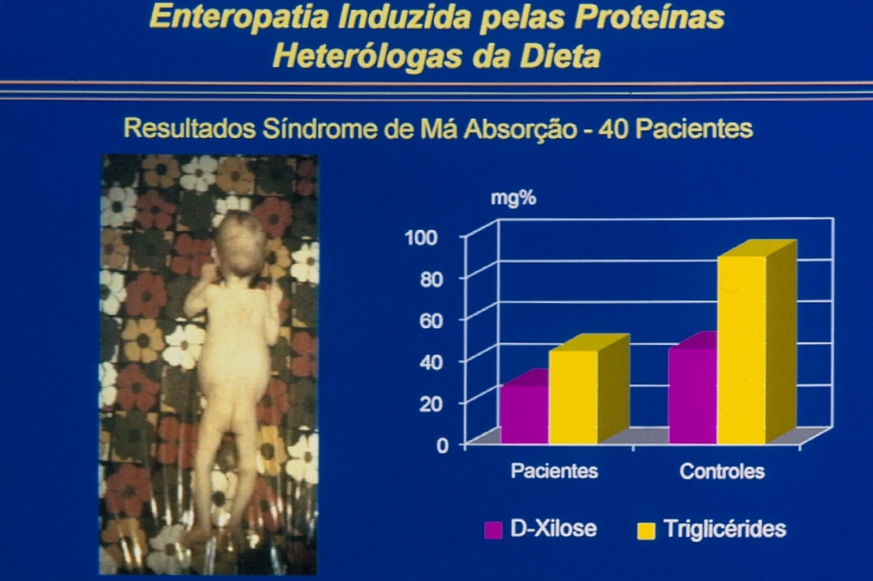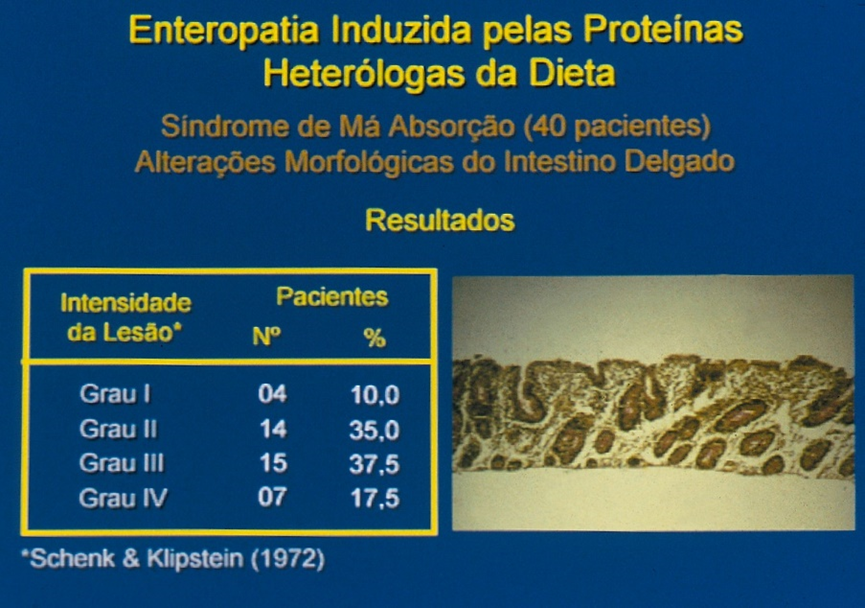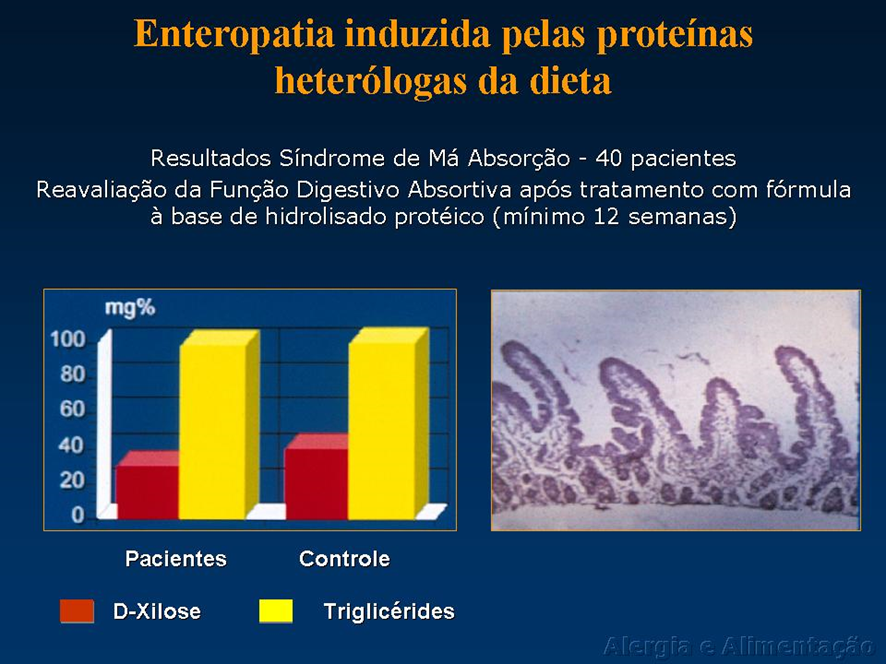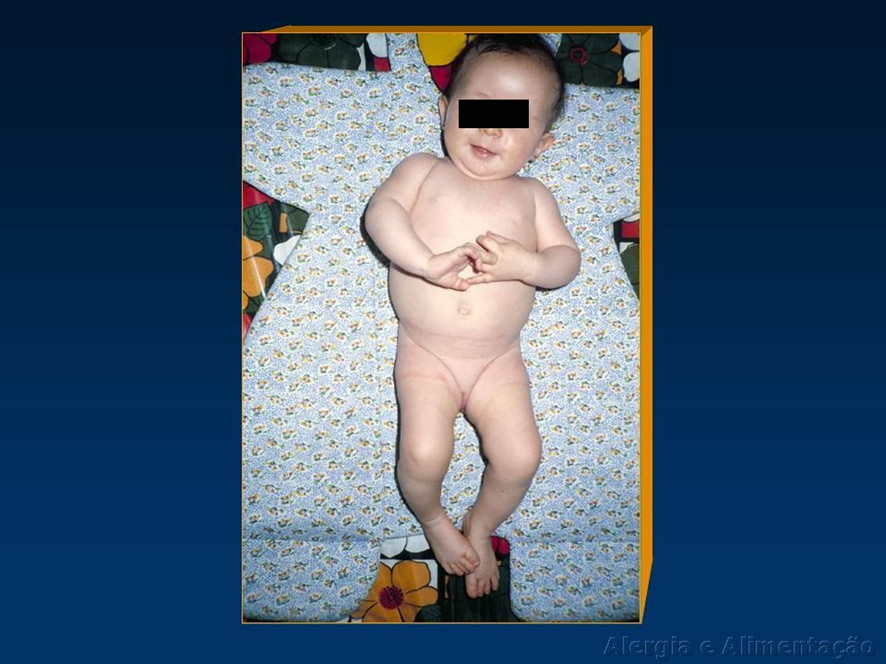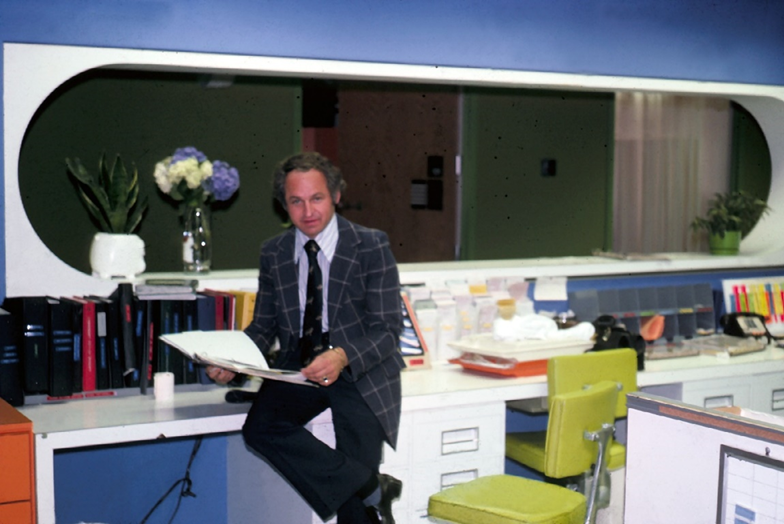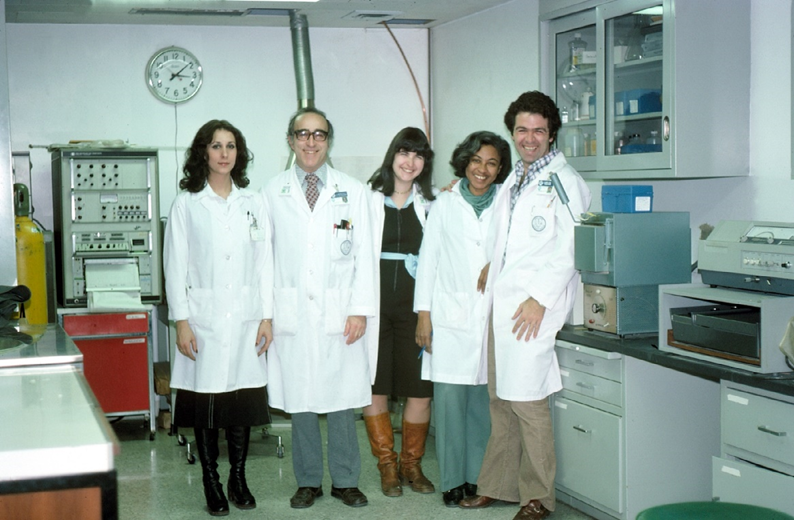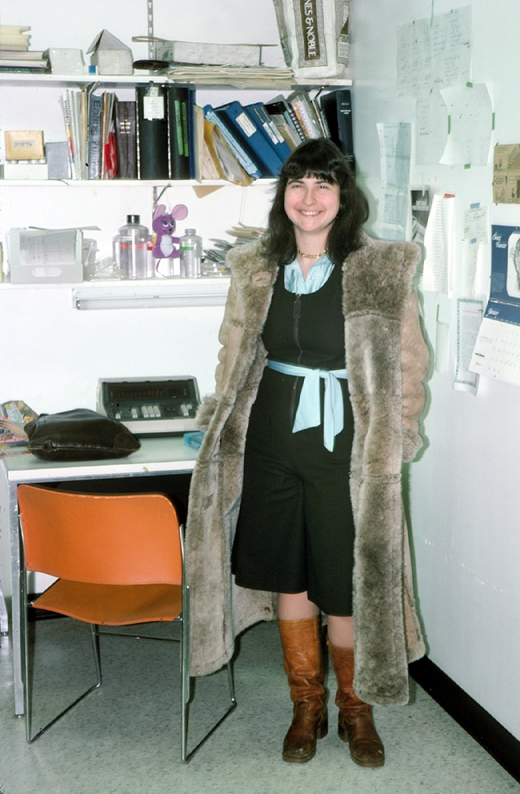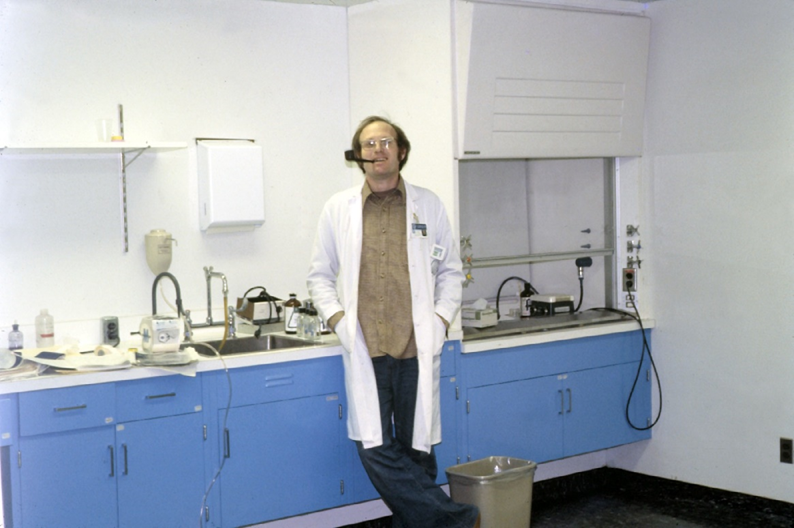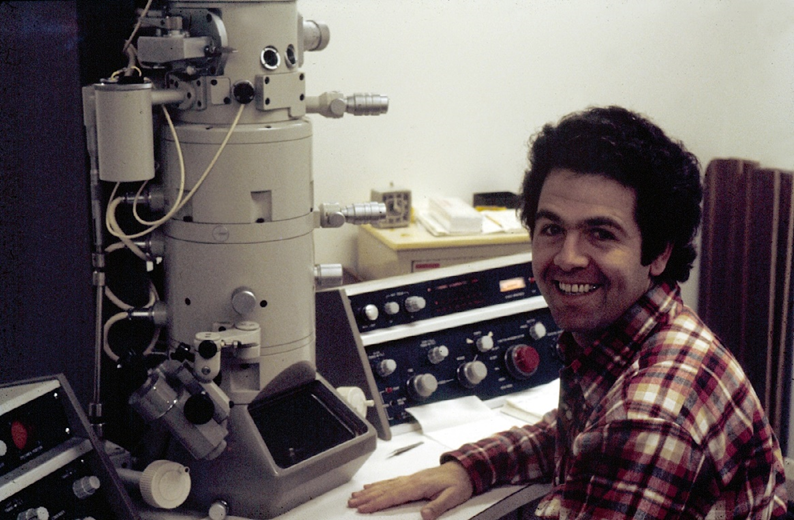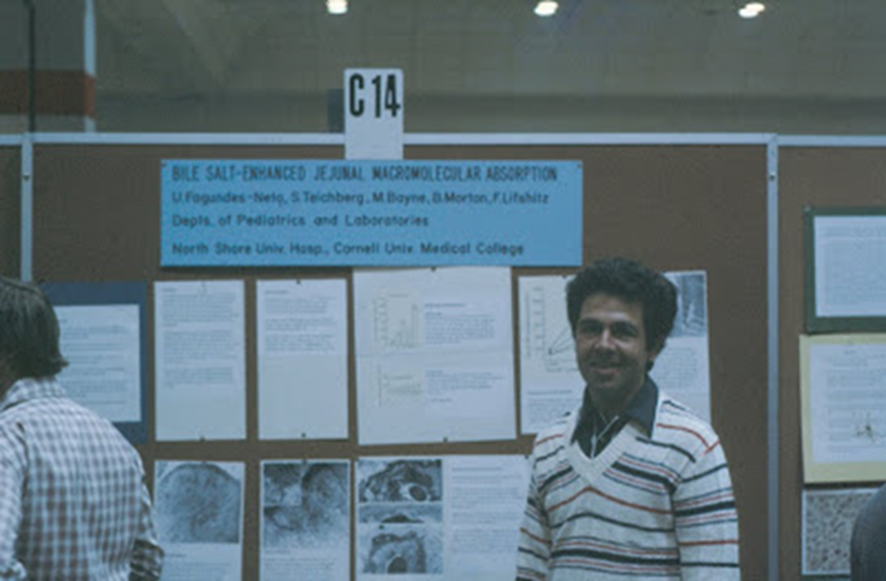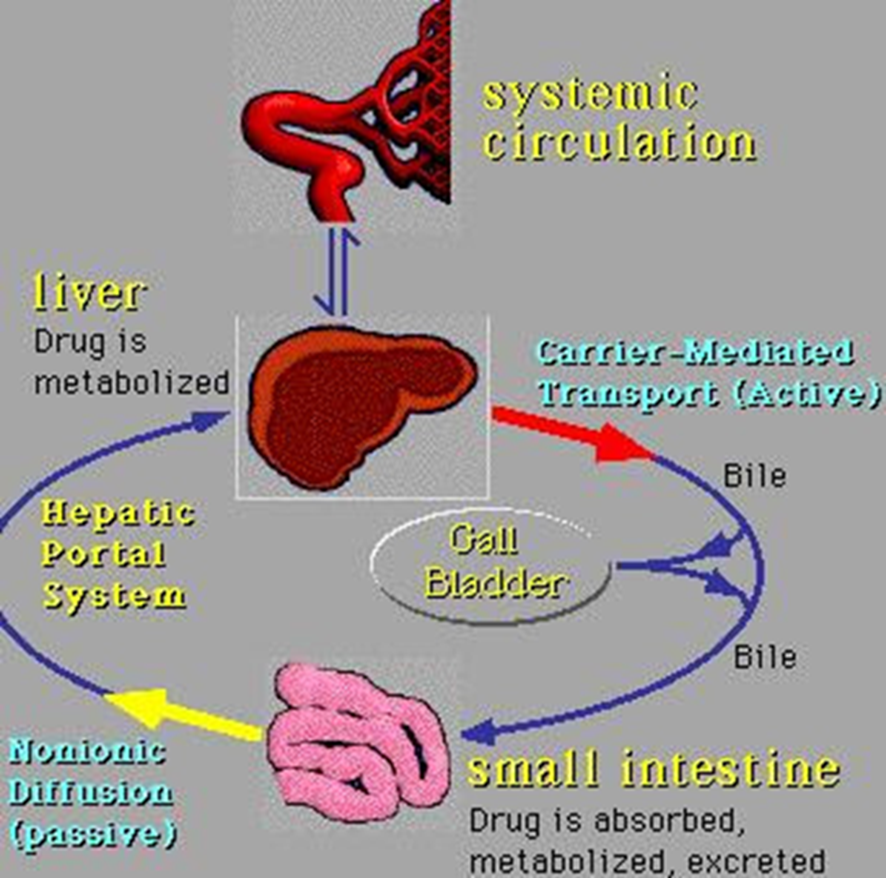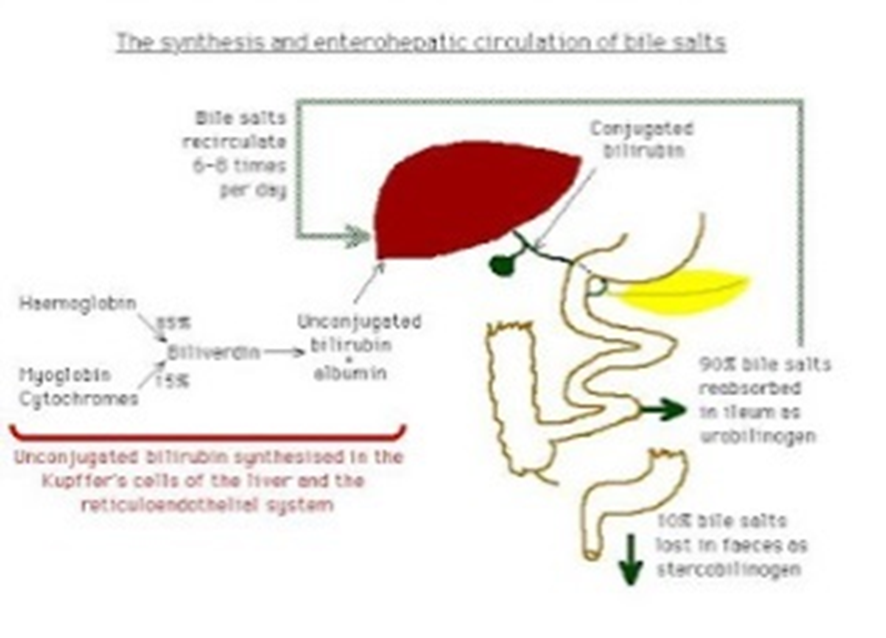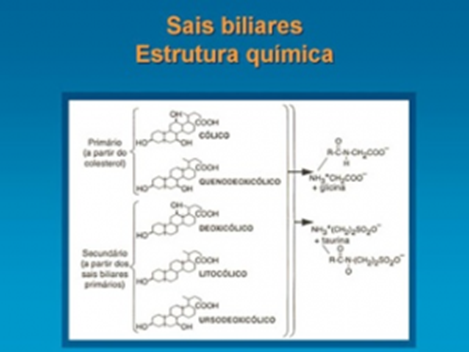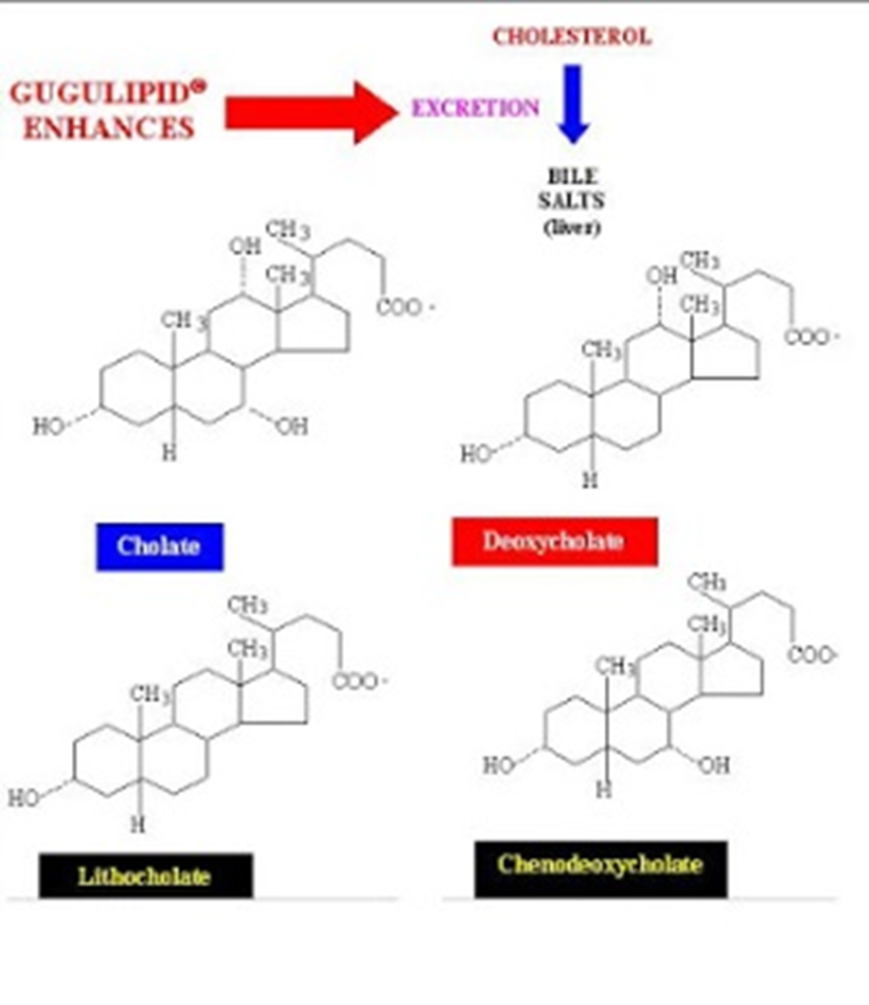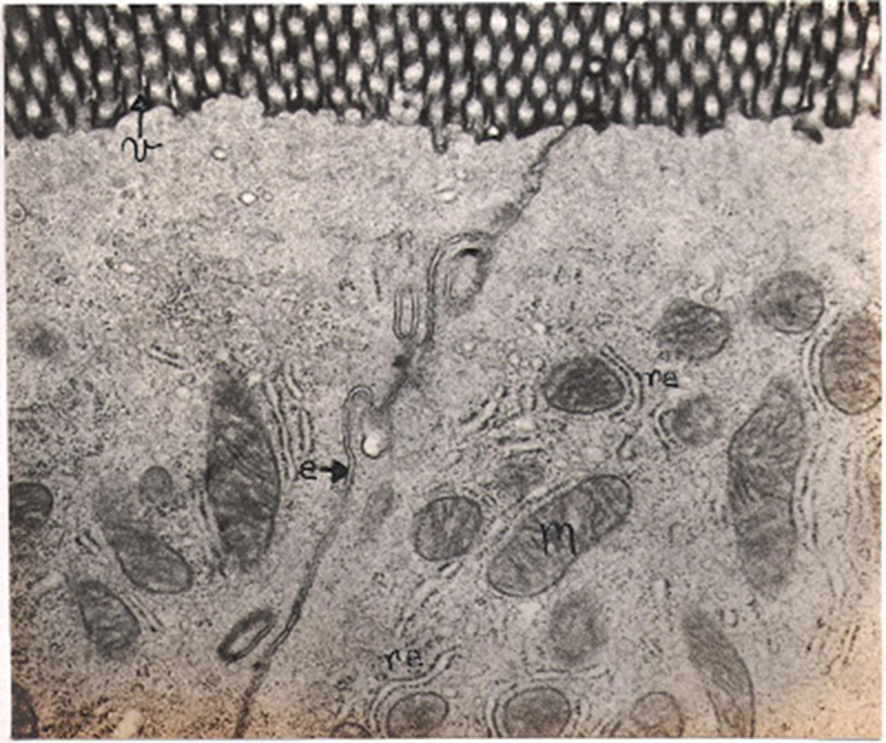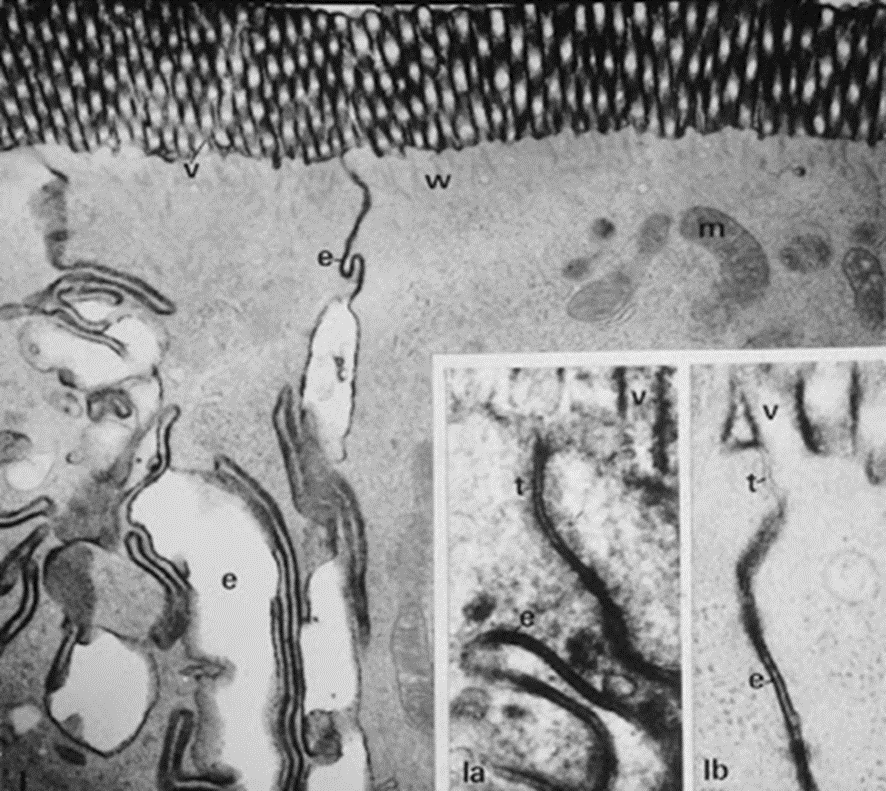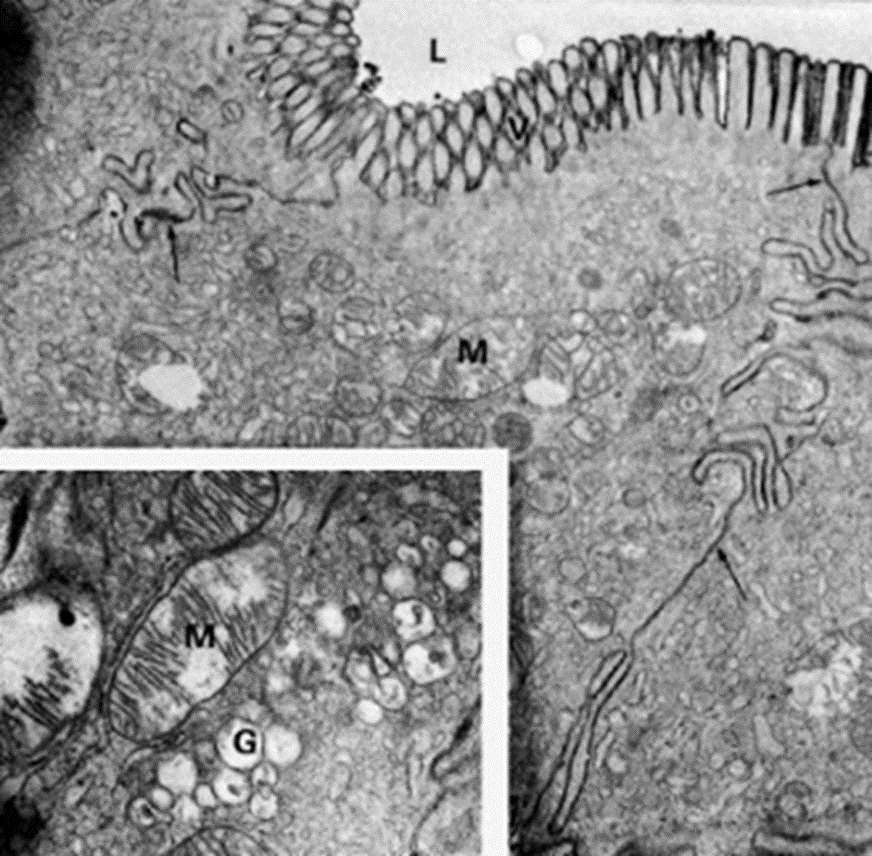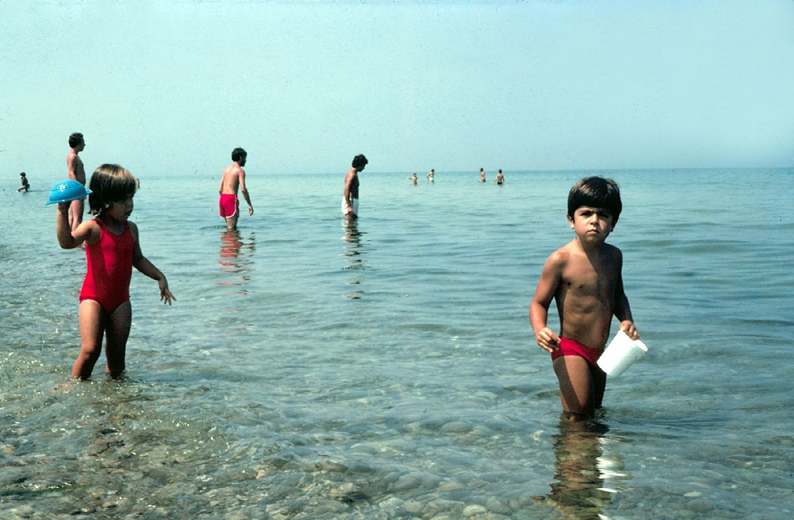Deoxicolato, sal biliar secundário e desconjugado, presente na luz do intestino delgado devido a SIBO*, favorece a absorção de macromoléculas intactas: uma das gêneses fisiopatológicas da Alergia Alimentar
Prof. Dr. Ulysses Fagundes Neto
Um doce retorno aos anos 1977-78, durante o Pós-Doc em Nova Iorque, e seus produtos científicos, que auxiliaram na compreensão dos processos fisiopatológicos da Alergia Alimentar
Há certos momentos na vida de cada um que valem a pena, por alguma razão, serem revisitados. Este é o caso da realização do meu Pós-Doc no North Shore University Hospital, afiliado da Cornell University, em Long Island, Nova Iorque, nos anos 1977-78. Além dos objetivos precípuos das atividades profissionais para os quais me propus desenvolver, com toda a responsabilidade que este projeto científico encerrava, posto que havia os compromissos de honra com a minha instituição, a Escola Paulista de Medicina, a FAPESP (bolsa de Pós-Doc no exterior) e com o meu País, e, também, não menos importante, havia a preocupação em oferecer o melhor de bem-estar para minha família. Foram anos inolvidáveis de grandes conhecimentos compartilhados com a família, constituída pela minha mulher Eurídice e nossos 3 filhos (1 menino Ulysses e 2 meninas Juliana e Marina).
Descortinamos novas culturas, novos amigos de diferentes nacionalidades, novos hábitos de vida, travando conhecimento de como as estações climáticas impactam nossa existência, viagens para lugares incríveis, uma vida sem ambições materiais, apenas desfrutando cada momento do dia a dia. Abaixo seguem algumas fotos ilustrativas das múltiplas experiências por nós vivenciadas, nos mais diversos locais dos EUA e Canadá.
Além disso tudo, tivemos também a satisfação de desfrutar numerosos acontecimentos auspiciosos, tais como a visita de nossos entes queridos, particularmente minha mãe Walkyria e minha tia Yvonne.
Mais ainda, desfrutamos da companhia de muitos amigos brasileiros em visita a Nova Iorque, e, também, ter podido acompanhar a gloriosa jornada do nosso Rei Pelé, de quem sempre fui fã incondicional desde quando apareceu para o futebol em 1957, com a camisa do Santos e depois pela nossa Seleção, jogando pelo New York Cosmos e sagrando-se campeão da liga Norte-americana em 1977.
Passados 47 anos daquela aventura sinto, neste momento, um impulso irresistível de recordar minha experiência na bancada da investigação experimental, que tantos frutos científicos e benefícios clínicos renderam aos seres humanos, os quais pude posteriormente oferecer na minha atividade clínica diária. Destaque especial, entre outros, para inúmeros lactentes portadores de Alergia Alimentar, aos quais pude oferecer meus conhecimentos científicos adquiridos nesta produtiva jornada, como pode ser comprovada abaixo.
Durante aquele período, sob a competente e amigável orientação do Dr. Fima Lifshitz, pude me dedicar de forma integral a 3 projetos de investigação experimental que envolveram a perfusão intestinal em ratos in vivo.
Tive a estreita colaboração dos competentes biomédicos do Centro de Pediatric Research.
Vale uma especial referência à minha professora de perfusão intestinal a bióloga Mary Ann Bayne, que pacientemente me ensinou todas as delicadas técnicas do procedimento operatório, e que sempre esteve ao meu lado, trabalhando com alegria contagiante, durante todo o tempo de duração do meu Pós-Doc.
Também é fundamental citar o biólogo Saul Teichberg, um extraordinário companheiro de trabalho, fã fervoroso do time de beisebol dos Yankees (cujo clube foi campeão nacional em 1977 e 1978), chefe do Centro de Microscopia Eletrônica, que não poupou esforços para que eu me sentisse familiarizado com aquele enorme e indecifrável aparelho, o microscópio eletrônico.
A tarefa a mim destinada era extremamente desafiadora, pois se tratava de desenvolver alguns projetos totalmente originais, que versavam a respeito da penetração de macromoléculas proteicas intactas na corrente circulatória, rompendo a barreira de permeabilidade intestinal, e, como consequência, causando potencial risco para o surgimento de Alergia Alimentar.
De fato, estes achados, observados em nível experimental, vieram a ser confirmados clinicamente ao elucidar a gênese fisiopatológica da Alergia Alimentar nas crianças, especialmente durante o primeiro ano de vida. Como corolário daquela experiência fui convidado pelo Serviço de Pediatria do hospital a proferir uma palestra de despedida para divulgar minha principal observação original, que em seguida foi tornada pública para a comunidade científica internacional por meio da revista Laboratory Investigation:
FAGUNDES NETO, U.; TEICHBERG, S.; BAYNE, M. A.; MORTON, B.; LIFSHITZ, F.- Bile salt-enhanced rat jejunal absorption of a macromolecular tracer. Laboratory Investigation ,44:18-26,1981.
Este trabalho também resultou na minha segunda tese de Doutorado apresentada e aprovada no curso de Pós-graduação da Disciplina de Gastroenterologia, do Departamento de Medicina da Escola Paulista de Medicina, em 1979. Abaixo transcrevo de forma integral a palestra proferida em outubro de 1978.
Bile salt-enhanced rat jejunal absorption of a macromolecular tracer: a basic factor for the pathophysiology of food allergy
Bile salts have interested chemists, biochemists, physiologists, and clinicians for over 150 years. As a result of this research a great deal is now known about the chemical and physic-chemical nature of the bile salts. However, it has been recently that disease states have been described that are caused by or result in changes in the metabolism and physiology of bile salts.
Bile salts are a group of acidic steroids which are synthesized in the liver from cholesterol. Before the secretion into bile, bile acids are conjugated with either glycine or taurine. The pK values of these conjugates are lower than the pH of the bile in the intestinal contents, thus, conjugated bile acids exist as their Na and K salts, and because of this they are called bile salts.
In vertebrates the cholesterol molecule is a major constituent of the cell membranes, and most of the body tissues synthesize cholesterol continuously. Cholesterol retention is associated with elevated serum cholesterol and arterial diseases. Thus, it is necessary for the adult organism to have a means of eliminating the cholesterol. This has been achieved chemically by converting cholesterol to water soluble derivatives, the bile salts, which are secreted into bile, and physically by excreting cholesterol as such in the mixed bile salt-lecithin-cholesterol micelles of bile. Thus, bile salts have other functions which appear unrelated to their ability to form micelles and prepare the fat ingested with food to be hydrolyzed by the pancreatic lipase.
Bile salts are not only the water-soluble excretory products of cholesterol, but they are also a functional excretory product in that they serve to disperse and transport their precursor. Furthermore, an efficient transport system in the distal ileum conserves most of the bile salts molecules, permitting them to return to the liver, secreted again in the bile, and recycle repeatedly as they mediate cholesterol excretion. Bile salts also induce bile flow, that is, they induce movement during their secretion into the biliary canaliculus. In the large intestine the dihydroxy bile salts induce fluid secretion and increase motility.
The bile salts participating in the enterohepatic circulation are primary bile salts formed in the liver, secondary bile salts formed in the distal ileum from primary bile salts by the action of the intestinal microbiota. The enterohepatic circulation of the bile salts is maintained by two chemical pumps which efficiently extract bile salts and transport them unidirectionally. The first of these is in the liver and is responsible for the velocity with which the bile salts return to liver, they are extracted, and excreted in the bile. The second one is in the terminal ileum, which removes 95% of the bile salts that pass down the small intestinal lumen, transporting them into the portal blood stream. In addition to these chemical pumps, the gallbladder and the small intestine may be considered as a physical pump.
In human being 2 primary bile salts are formed in the liver from cholesterol: Cholic acid, a trihydroxy acid, is 3α, 7α, 12α trihydroxi 5β cholanoic acid and Chenodeoxycholic is a dihidroxi, 3α, 7α dihydrohy 5β cholanoic acid. After formation, the bile acids are conjugated with glycine and taurine, and are excreted in the bile, most of them being reabsorbed without bacterial alteration. About one fourth of the primary bile salts conjugates are deconjugated by bacterial enzymes in the ileum, liberating an unconjugated steroid moiety. Most of these bile salts are reabsorbed returning to the liver, where they are reconjugated with glycine or taurine.
Everyday day one third or one fourth of the primary bile salts pool is lost or converted by the anaerobic bacteria in the terminal ileum to secondary bile salts. The most important change is the 7α dehydroxilation, which converts cholic acid to deoxycholic acid (3α, 12α hydroxy, 5β cholanoic acid) and chenodeoxycholic acid into lithocholic acid (3α hydroxy, 5β cholanoic acid).
In some clinical conditions such as tropical sprue, severe protein-energy malnutrition, and specially in those cases of acute diarrhea in infants that evolves to protraction there is a bacterial overgrowth of the colonic microflora in the small bowel lumen. This disease state situation is due to a disruption in one or more of the multiple mechanisms that are present in a normal organism which regulate the bacterial microflora along the gastrointestinal tract. Because of this derangement there is bacterial overgrowth of the colonic microflora in the upper portions of the gut. Proliferation of fecal bacteria in the small bowel lumen induces a series of adverse effects over the host. Overgrown bacteria compete against the host in food utilization, mainly carbohydrates, to utilize them for their energetic metabolism. The bacteria also induce morphological alterations in the jejunal mucosa leading to disaccharidase deficiency, particularly lactase, contributing to aggravate diarrhea, when lactose is present in the diet. The bacteria, mainly the anaerobes, such as Bacteroides and Veilonella, are also capable of causing deconjugation of the primary bile salts and their 7α dehydroxilation in the jejunal lumen. Bile salts deconjugated and dehydroxilated cannot achieve the necessary micellar solution to promote fat digestion and consequently result in fat malabsorption. On the other hand, the presence of these secondary and deconjugated bile salts in elevated concentrations in the jejunal lumen was shown to induce glucose malabsorption, sodium and water secretion, and morphological damage in the small intestinal mucosa.
Our findings utilizing the intestinal perfusion technique, in the jejunum of rats, in the presence of high concentrations of bile salts demonstrated that there is increased absorption of the macromolecule Horse Radish Peroxidase (HRP). This finding is most dramatic with the deconjugated bile salts, especially deoxycholate. On the other hand, at lower level of bile salts concentration only the deconjugated bile salts increased the absorption of HRP.
Microfotografia de 2 enterócitos adjacentes evidenciando a presença do marcador macromolecular (HRP) (material enegrecido) depositado nas microvilosidades (v) e no interior do espaço intercelular (e) ao longo do seu trajeto. Mitocondrias (m) e Retículo endoplásmico (re) estão preservados.
Microfotografia de 2 enterócitos adjacentes evidenciando a presença do marcador macromolecular (HRP) (material enegrecido) depositado nas microvilosidades (v) e no interior do espaço intercelular (e) ao longo do seu trajeto. Mitocondrias (m) e Retículo endoplásmico (re) estão preservados. Na foto em detalhe observa-se a presença do marcador HRP no interior do espaço intercelular de forma mais nítida.
The degree of HRP absorption was correlated with the extent of mucosal damage induced by the specific bile salt. Alterations in the tight junctions between the adjacent absorptive epithelial cells permitting HRP leakage was evident with the deconjugated bile salts. Other processes such as the endocytic shuttle of small vesicles increased the HRP absorption with the deconjugated bile salts.
Microfotografia de 2 enterócitos adjacentes evidenciando a presença do marcador macromolecular (HRP) (material enegrecido) depositado nas microvilosidades (v), que se encontram encurtadas e deformadas, e no interior do espaço intercelular (e) ao longo do seu trajeto. Mitocondrias (m) e Retículo endoplásmico (re) estão preservados. Na foto em detalhe observa-se que as cristas mitocondriais estão deformadas e o aparelho de Golgi está vacuolizado.
Regardless of the detailed mechanisms involved in HRP absorption we believe that our observations on an experimental in vivo perfusion system reflect important pathophysiological process. In the normal non infected rat jejunum, the total bile salt concentration reaches a level of 255 mM. When there is fecal flora bacterial overgrowth in the jejunum the deconjugated bile salt concentration rises to 1 mM. Similarly, in humans, when acute diarrhea evolves into a chronic stage due to fecal bacterial proliferation in the upper jejunum, there is a production of primary and secondary deconjugated bile salts analogous to those seen in our rat model system. Our experimental observations of increased HRP absorption induced by bile salts suggest that during chronic diarrhea, patients may be more susceptible to the absorption of foreign antigens and that deconjugated bile salts may be important mediators of this process.
An increased absorption of antigen analogous to that seen in the present study could lead to food hypersensitivities or other immunologically related disease process in a susceptible host. Obviously, the other deleterious agents produced by bacterial metabolism, such as hydroxylated fatty acids and organic acids may contribute to aggravate the clinical conditions.
Finally, my work has finished when nature bring back to us the summertime, the sun is already shinning, the flowers are in their splendor, and for the first time in my life I could experience some months ago what you call “spring fever.”
Summer also brings me the announcement that is already time to start thinking about going back home, after this fantastic journey I travelled with all of you, my good friends, that I have conquered in this lovely place.
THANK YOU



